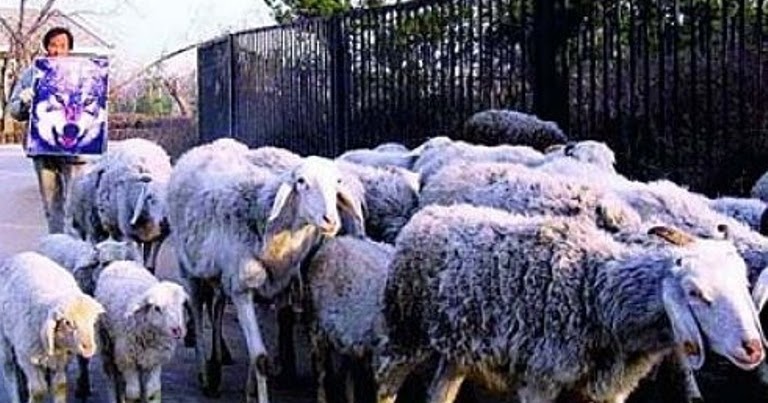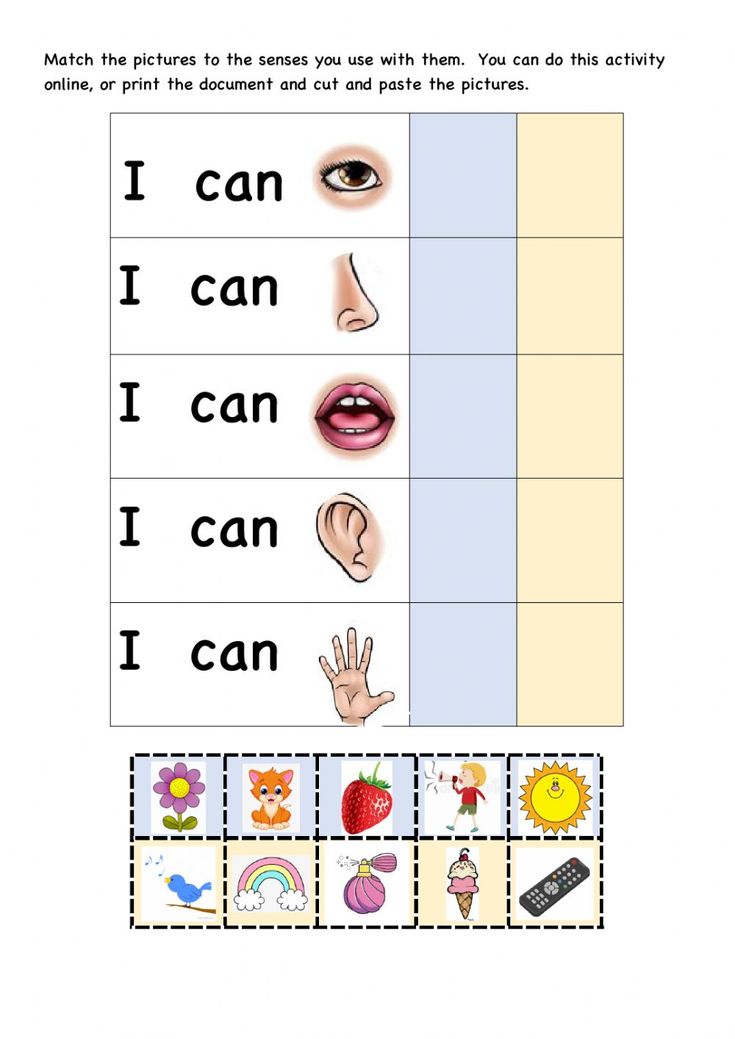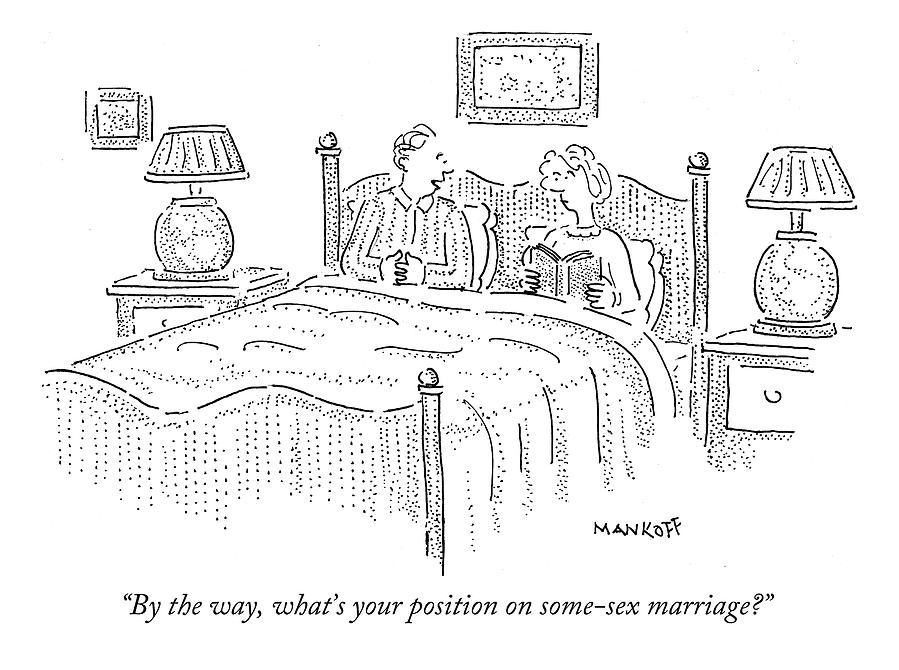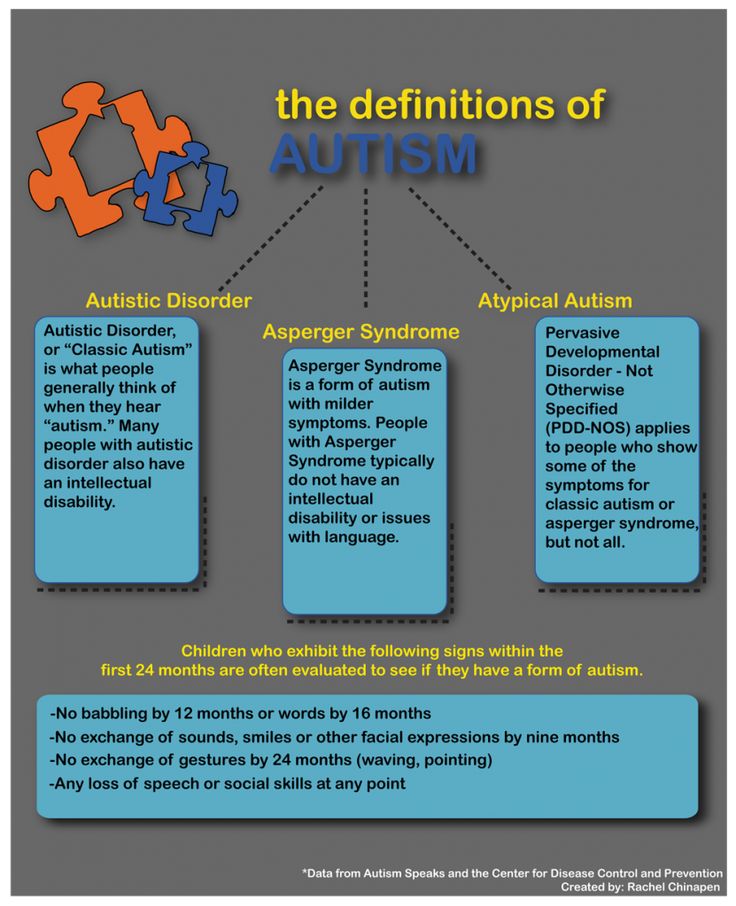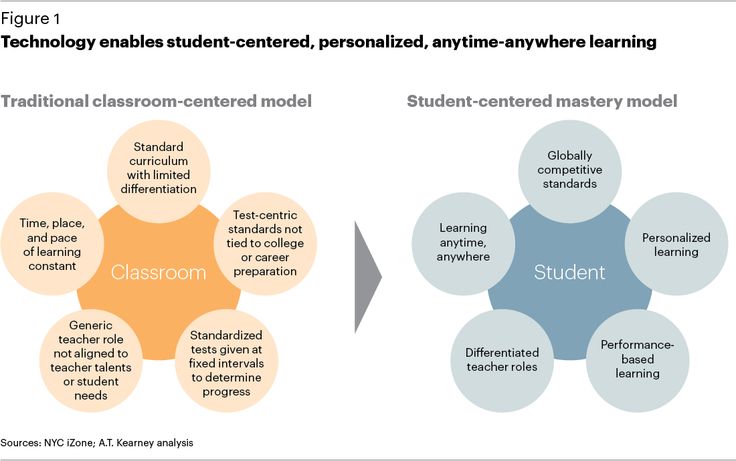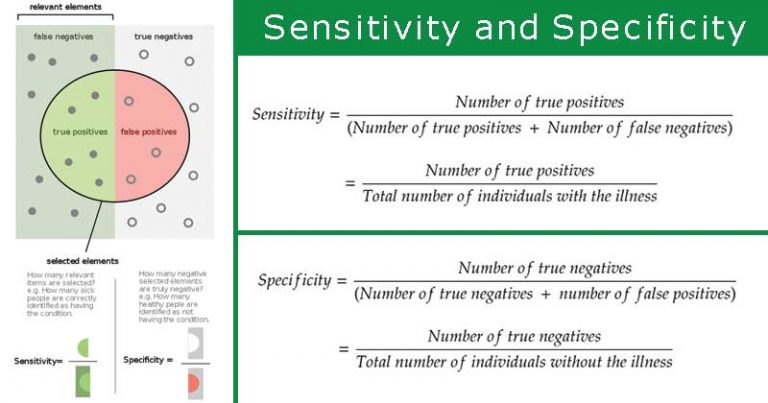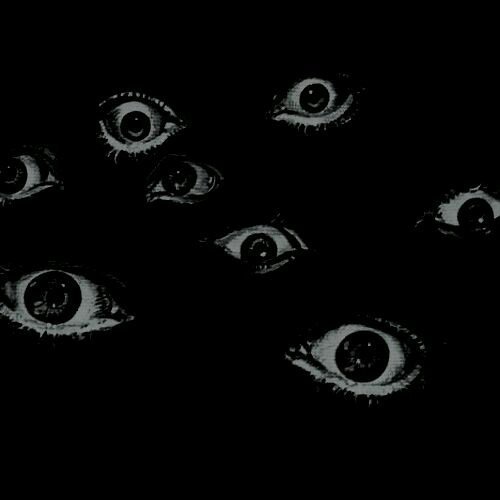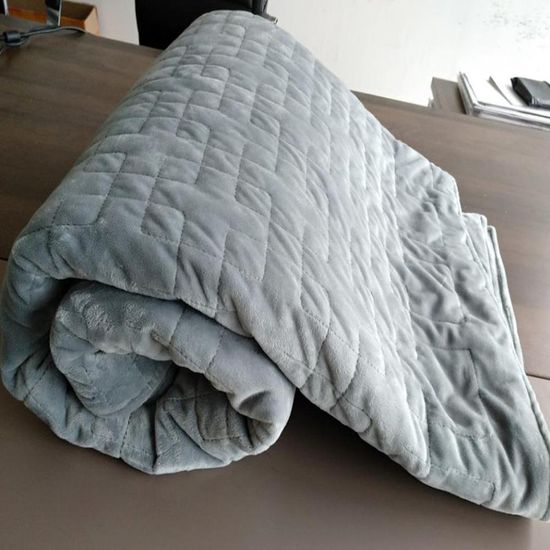Why do people take pictures of themselves
Why We Love Taking and Looking at Selfies
How many photos of you are on your phone right now?
These days, humans take almost 1 trillion photos a year. (To put that into context, that’s more photos every few minutes than in the entire 19th century.)
And lots of these photos are selfies—self-portraits, usually taken with a smartphone. As of this writing, nearly 300 million Instagram photos had been tagged with the selfie label.
We love getting into the “whys” of social media psychology, so in this post I set out to discover why we love taking photos of ourselves—and why we love viewing selfies.
What does “selfie culture” say about the world we’re living in now, and how can viewing photos of others help us make better decisions and even understand one another better? Read on for the full psychology of selfies.
A brief history of selfies: Why we take them
As early as the 15th century, according to Dr. Terri Apter, psychology lecturer at Cambridge University:
“People who had access to self representations were keen to make use of them.In this way people could control the image projected, and of course the fact that the image was on display marked the importance and status of the person represented.”
So self-portraits are about self-image—how we define ourselves.
They’re also a way to figure out who we are. The “looking-glass self” is a psychological concept that says that how we see ourselves doesn’t come from who we really are, but rather from how we think others see us.
And now that we can A) take a selfie in mere moments, and B) share them with thousands of people online at any time, the impact that others have on our self-value has increased.
The site Everyday Sociology argues that this change has led us to invest more into selfies as part of the work of projecting our identities onto others:
“The more pictures you post of yourself promoting a certain identity—buff, sexy, adventurous, studious, funny, daring, etc.—the more likely it is that others will endorse this identity of you.”
The science of face photos: Why we love looking at others
We notice faces first
Human faces have always been particularly effective attention-grabbing mechanisms. Researcher Dr. Owen Churches, from the school of psychology at Flinders University in Adelaide, has studied the neuroscience of face perception for years:
“Most of us pay more attention to faces than we do to anything else,” says Churches. “We know experimentally that people respond differently to faces than they do to other object categories.”
And social media is no exception: Face-tracking studies show that the profile picture or avatar is the first place the eye is drawn to on Facebook and other social media profiles. (Want advice on creating a stellar profile pic? We’ve got the science on that!)
On Instagram, pictures with human faces are 38 percent more likely to receive likes and 32 percent more likely to attract comments than photos with no faces.
Faces can guide our gaze
Faces not only compel us, they can drive us to action. Online, we follow the eyes of the people we see on screen.
Online, we follow the eyes of the people we see on screen.
Looking directly into the camera can help make a direct connection with someone. Looking to the left or right will help guide the reader’s eyes in that direction.
KISSmetrics has done a great job of explaining a bit about this reasearch:
“Human beings have a natural tendency to follow the gaze of others, and we have been coached since birth to follow arrows directing us to where we should be looking/going.”
Viewing faces creates empathy
A final tidbit about why we respond so well to photos of faces: They can help create empathy in us. A study of radiologists added photos of patients into the doctors records like so:
The results showed that seeing photos of patients increased empathy among doctors, and even improved the way they treated patients.
The high: They can improve self-esteem
It’s become somewhat common to think of those who post selfies as narcissistic or vain, but one great effect of selfies is that they can bolster self-esteem, particularly in women.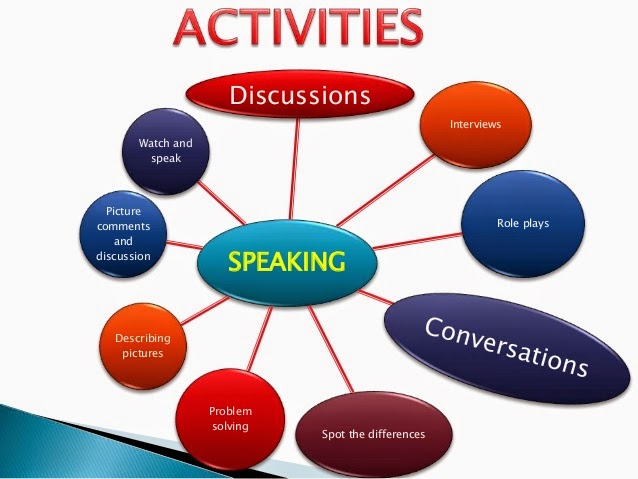
In a TODAY/AOL body image survey, 41% of adult women said selfies and other flattering online photos make them “feel more confident (although 46% said that “overall, social media makes me feel more self-conscious about my appearance.”)
For teenage girls, the results were even more empowering: 65% said seeing their selfies on social media boosts their confidence, and 40% of all teens said social media helps “me present my best face to the world.”
The low: They can harm relationships
Over-selfie-ing, however, can be a problem:Research has showed that sharing too many self photographs on social media could possibly damage weaker relationships.
A UK study asked 508 Facebook users to rank how close they felt to friends who also use Facebook. They then compared the answers for each person to how many selfies that person posted.
They found that the more someone posted selfies, the lower they ranked on the intimacy scales of the participants.
Said study author Dr. David Houghton:
David Houghton:
“Our research found that those who frequently post photographs on Facebook risk damaging real-life relationships. This is because people, other than very close friends and relatives, don’t seem to relate well to those who constantly share photos of themselves.”
The verdict? It’s all about healthy context
So are selfies great for us or bad for us? It all depends on how—and how often—we turn to them. A great middle ground can be found in Dr. Josie Howard, M.D.’s comments to the website Refinery29:
“It depends on how you use it. If you’re using it as a tool to document feeling good about yourself and you’re just taking mementos of living a great life, that’s fine.”
How to take a better selfie
All in on selfies and want to make sure you’re putting your best face forward? NowSourcing has a nice infographic with some tips; here’s a snippet:
Selfies in marketing: 5 awesome examples
We know social media works great with visuals.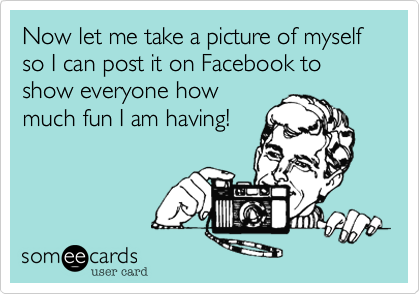 We know we love taking photos of ourselves and we love viewing photos of others. So it’s a given that face photos and selfies can have a place in great marketing campaigns.
We know we love taking photos of ourselves and we love viewing photos of others. So it’s a given that face photos and selfies can have a place in great marketing campaigns.
Brands are harnessing the power of selfies in lots of different ways—from soliciting user-generated content to creating interactive apps and everything in between.
Here’s a look at five great examples. Do they give you any ideas for your own marketing?
1. The 1888 Hotel: A selfie-encouraging space
In Sydney’s 1888 Hotel, selfies aren’t just welcome—they’re very encouraged. The hotel’s website is covered in Instagram photos, and the hotel itself offers a photo-opp-filled tour around the hotel and nearby harbor.
A designated “selfie frame” in the lobby beckons guests to take photos, which they can then see appear on screens near the reception area.
Try it: If you’ve got a physical space and/or a product people might like to be photographed with, tap into our innate selfie urge by setting up a photo booth or designated selfie area, or simply add a prominent sign welcoming users to snap photos.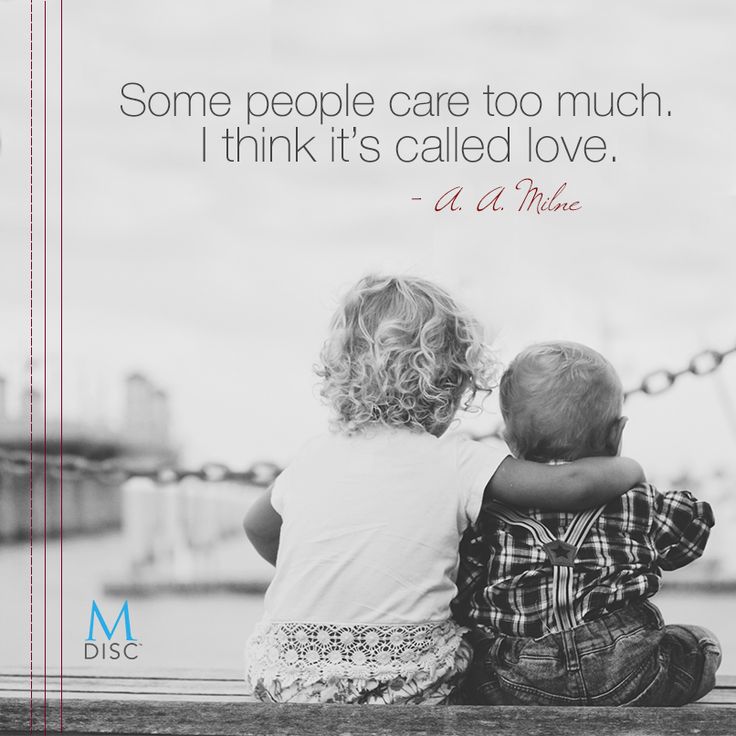 Make sure you provide consistent tagging information so you can gather them later on your site or social media presence.
Make sure you provide consistent tagging information so you can gather them later on your site or social media presence.
2. Warby Parker: Get opinions from friends
Warby Parker’s glasses home try-on program is pretty legendary now, and with good reason. Giving customers 5 pairs of glasses to try on and decide between is a genius, organic way to spread word of your brand by simply encouraging people to do what we do naturally—ask our friends for their opinions.
Warby also welcomes users to post selfies on the brand’s own Facebook page for an expert opinion.
Try it: Any product one might ask for advice on (clothes, makeup, and more) could be a great choice to encourage selfies. Think: Before-and-afters, dressing room decisions and more. Bonus: Added social proof with every mention! Another idea for non-physical storefronts is to mail out selfie-encouraging treats, like Google is doing right now in my home state with Google Fiber shirts.
3.
 Dove: Empowering though user-generated content
Dove: Empowering though user-generated contentDove is well known for its marketing efforts that focus on empowering messages. The brand even made a short film about selfies. A look at Dove’s Twitter account recently turned up the #loveyourcurls user-generated content prompt on Twitter:
And many women are responding by sharing lovely selfies of their curls:
Try it: Messages that empower the user and make people feel good about themselves can be a natural fit for selfie promotion. You might try following Dove’s lead of providing explicit instructions and specific examples to help users get the message quickly. Also great for a social media photo contest.
4. #museumselfieday: Rallying around a cause
For two years now, museumgoers have shared fun, beautiful and education selfies on #museumSelfieday, a global Twitter celebration that showcases the world’s cultural treasures.
Try it: Non-profits and causes can find lots to love in the idea of rallying around a common theme or hashtag. Similar examples: Uniqlo’s Selfless Selfie campaign, the #nomakeupselfie trend.
Similar examples: Uniqlo’s Selfless Selfie campaign, the #nomakeupselfie trend.
5.Ray-Ban: Created a selfie app
Ray-Ban takes selfie marketing to new heights with its own iPhone app, Reflections.
The app allows users to enable both their front and back iPhone cameras at the same time to create an artsy, double-exposed image—glasses optional:
Try it: Creating apps as marketing takes a specific set of skills, making Ray-Ban’s example one of the most challenging to pull off here. Large brands and budgets could give it a try, though, focusing on a high-level vision of your brand’s purpose.
Plenty more uses exist for selfies, from fashion to medicine. Here’s a quick look at a few interesting ones:
What’s your take on selfies?
I’d love to know your thoughts on selfies: Is your phone filled with them, or do you eschew them altogether? Have you used selfies to share the news about a product or service, or participated in a campaign that solicited your image?
As always, I welcome all your thoughts and ideas (and selfies!) in the comments.
The Brutal Truth About Selfies, Narcissism, and Low Self-Esteem
By Kim Saeed - Author, Researcher, Educator on November 3, 2017
It used to be that having a good-looking yearbook photo was the main concern of the young and the vain. With the advent of social media, there is more and more pressure to look good online.
Enter the selfie: The self-photograph that can get out of control.
Self-portraits are nothing new. Artists such as Vincent van Gogh have used paint and canvas to create analog selfies for hundreds of years. In fact, van Gogh created more than 30 self-portraits between the years of 1886 and 1889.
The word selfie didnt even exist until the year 2002. The term specifically refers to the use of a digital camera to take a self-portrait. Because digital cameras (or smartphones with cameras) can take pictures so quickly and easily, selfies have become a staple of the modern online landscape.
Selfies have also spawned an entire selfie product industry, with selfie sticks, remote controls, and even selfie drones flooding the digital market.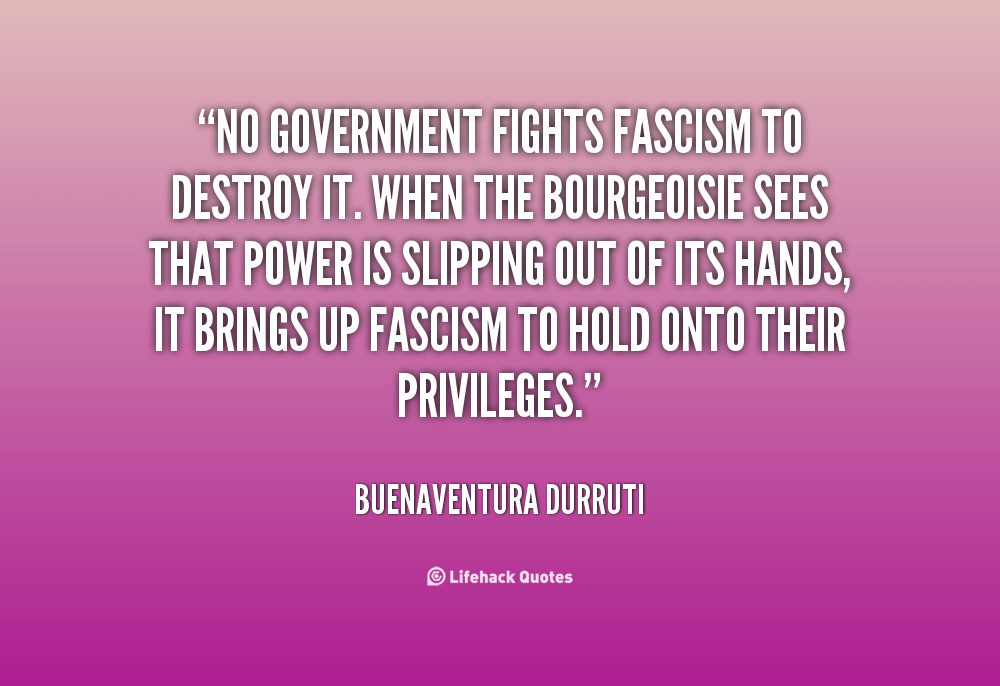
At the same time, selfies have gotten a bad reputation for being something that narcissists do. Taking a self-photograph isnt always an exercise in self-love. Sometimes it is simply a convenient way to take a photo when no one else is around to take the snapshot.
But if a person wakes up in the morning, brushes their teeth, showers, and then takes 10-20 selfies to choose which one to post to Instagram that morning, it might just be a problem.
Posting too many selfies to Facebook and Instagram is not only linked to narcissism, it can become an addiction. Some selfie addicts have even tried to commit suicide when unable to get just the right selfie.
What is the difference between simply taking a selfie and a selfie obsession?
1. Healthy Selfies Are Taken Infrequently
While there is no hard and fast rule on how much is too much, selfies definitely become problematic if they are posted too frequently. Posting a selfie on Facebook once every few months is very different from posting a new selfie every few hours or even every few days.
2. Healthy Selfies Often Include Other People, Animals, or Landmarks
Selfies that arent all about self-aggrandizement will include other people, pets, or areas of interest…and maybe the person taking the selfie isnt the focus of the snapshot.
3. Healthy Selfies Often Have a Purpose
For a business owner who is trying to teach or share something useful or positive, taking selfies (particularly video selfies) may be part of the business. There is a fine line, however. Some businesses consist of people posting vanity shots to Instagram and making money from their large followings. Considering that there have been a few Instagram celebrities exposed as fakes, its probably a good idea to get some personal background info on the people you follow on social media.
The paradox of selfies is they are often posted on social media to make a person look good. In fact, they often generate the opposite effect than what was intended.
Here are just a few downsides to posting too many selfies:
1.
 Selfies Can Become an Addiction
Selfies Can Become an AddictionSelfies can become addictive if people who constantly take selfies think that having likes is a measure of self-worth. Each time a new like is posted, it can be like a hit of cocaine to a person desperate for positive attention. The irony is that selfies actually make people less likable and less relatable, especially in regard to close family and friends who may know a different person than the one in the selfies.
2. It Can Hurt Relationships
The selfie addict needs to know: Research has shown that posting too many selfies makes people like the selfie-poster less.
3. It Can Hurt Job Prospects
Likewise, too many selfies can put a question mark in a potential employers mind about hiring an individual…and can even cause the non-discerning selfie-poster to lose their current job.
3. Too Many Selfies May Create an Impression of Narcissism
The stereotype is that people who post selfies are full of themselves or outright narcissists. Often, however, someone who posts too many selfies can have low self-esteem.
Often, however, someone who posts too many selfies can have low self-esteem.
According to one study, men who post a lot of selfies may be suffering from narcissism, but this is not as true for women. Either way, the irony is this: A person posting selfies because they desperately want to be liked is actually hurting their chances.
Now that selfies have gotten a reputation for being a sign of narcissism or self-aggrandizement, some are advocating for a different approach. Often discussed in relationship forums, the concept of a high value, high status Facebook profile refers to crafting intriguing, interesting Facebook content that lures people in without it appearing to be driven by a need for attention.
The concept has even spawned online courses about how to create an engaging Facebook persona that can even help garner more meaningful relationship prospects. In other words, if you want a high-value relationship, you should show up as high-value on your social media profiles. People who post too many selfies are generally considered to have a low-value profile.
People who post too many selfies are generally considered to have a low-value profile.
Of course, if such techniques are used more and more frequently, chances are people will see through them as a way to manipulate opinion. However, a more restrained approach to social media posting will probably get better results than an overindulgence in selfies.
The old adage less is more most definitely applies to selfies and social media. A modest, respectful approach to posting self-portraits on places like Facebook and Instagram may actually get a lot more mileage than constantly posting selfies several times a week or, worse, daily.
Why do social media users take pictures of themselves?
Sign up for our newsletter "Context": it will help you understand the events.
Image caption,Sociologists believe that people like to try on different looks
There is a real mania on social networks for sharing "crossbows" - self-portraits taken by yourself using the front camera of a smartphone.
The Instagram photo-sharing app has so far uploaded over 23 million photos with the hashtag #selfie ("crossbow") and another 51 million photos with the hashtag #me ("me"). nine0005
Celebrities - Rihanna, Justin Bieber, Lady Gaga and Madonna - regularly post "crossbows" on their social media pages.
British model Kelly Brook got so caught up in posting self-portraits that she had to block the opportunity herself.
Photojournalists captured how Obama's children were photographed on a smartphone camera during their father's inauguration. Even astronaut Steve Robinson photographed himself while repairing the Space Shuttle Discovery. nine0005
When did this mania take hold of everyone?
The turning point was the emergence of smartphones with a front camera.
Now all you need to take a picture of yourself is a spare second and your smartphone has a front camera.
Cameras that can automatically focus at arm's length allow self-portraits to be taken in any setting.
This image can then be immediately shared with thousands of social media users: "Look where I am! Look what I'm doing! Look how I look!" nine0005
Some people find this exciting.
19th century: the first "crossbow"
The first photographic self-portrait is believed to have been taken by Robert Cornelius in 1839, but it is not clear whether such a self-portrait can be equated with current "crossbows".
"Looks like he had a friend or assistant with him to help him set the shutter speed," says historian and director general of the Royal Photographic Society Michael Pritchard.
According to Pritchard, most likely, the first independent self-portrait was made later.
Image copyright, Getty
Image caption,Barack Obama's children are photographed at their father's inauguration
Skip the Podcast and continue reading.
Podcast
What was that?
We quickly, simply and clearly explain what happened, why it's important and what's next.
episodes
End of story Podcast
The first cameras with timers appeared in the late 1880s, they gave the photographer 5-10 seconds to get in the right position before shooting.
"Some cameras had a long cable that allowed the shutter button to be pressed from a distance," says Pritchard.
The exchange of self-portraits existed long before the advent of the Internet. In the 1860s The exchange of business cards - small photographs - was very popular.
Polaroid was introduced in 1948, but truly instant pictures with this camera could only be taken from 1970s. Polaroid allowed you to photograph yourself at arm's length.
"The big advantage of the Polaroid camera is that you don't have to develop the film," explains Pritchard.
This freed those amateur photographers who didn't have a dedicated dark room to develop the film from having to hand over the film to the wrong hands when someone else saw your picture first.
Some people prefer photographs they have taken themselves.
"Mirror reflection is something very personal and fleeting," says Pamela Routledge, director of the Media and Psychology Research Center in Boston.
"In the mirror, we see ourselves alive and dynamic, in motion," Routledge explains.
Vanity Moment
22-year-old Emily Cook from Lincoln finds self-portraits like this to create a sense of comfort.
Image captionKelly Brook and Justin Bieber regularly post crossbows for fans to enjoy0005
"It's always nice to capture that you had a good haircut on such and such a day, or you were well dressed," says Emily.
According to the girl, Instagram has a loyal, and mostly good, attitude towards "crossbows".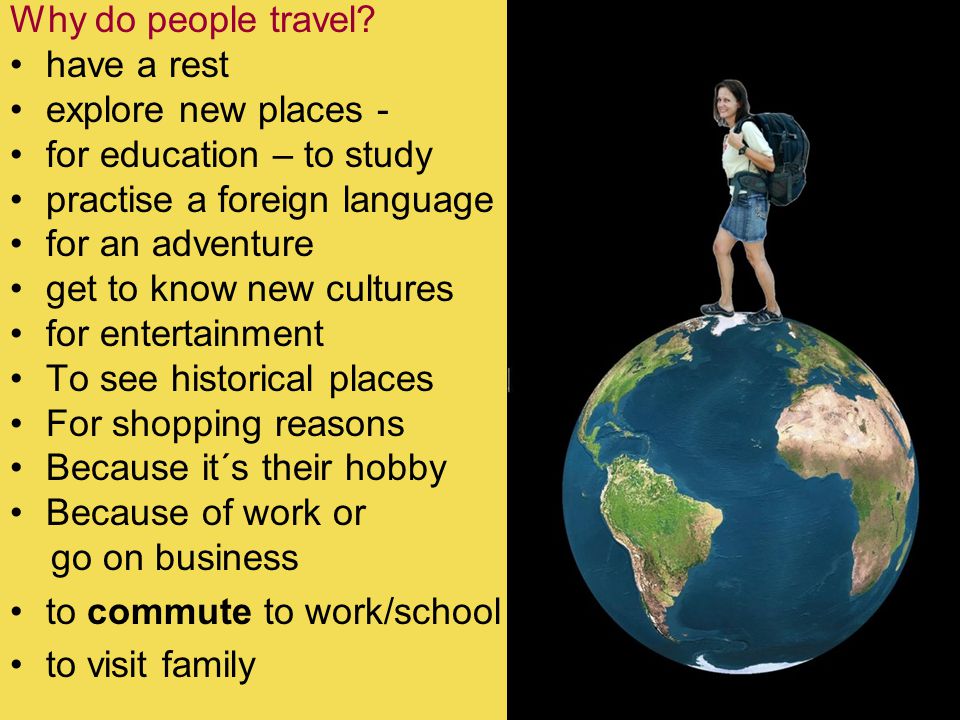
Emily admits that there is a moment of vanity in the publication of "crossbows": if someone praises the photo, it can cheer you up when you feel sad.
She also believes that posting photographs sometimes takes the place of words.
"Instead of saying you're going to work, you can post a picture of yourself in uniform," says Emily.
Rutledge says we love experimenting with different looks, and self-portraits taken with a smartphone camera allow us to play with the looks.
"We all want to try on a new look and imagine how we would feel in it," says Routledge.
Image caption,Even astronaut Steve Robinson succumbed to the temptation to make a crossbow while fixing the Discovery shuttle
According to one theory, self-portraits give an idea of how we would like to be perceived.
According to psychotherapist Aaron Balik, author of a book on social media user motivation, we all have active and passive social media personalities.
"A passive personality is one over which you have no control. For example, this is information about yourself that you can find on the net. Or when one of your friends publishes information about you," explains the psychotherapist. nine0005
"An active identity is one that you can control, like your Facebook profile," Balik says.
Criticism and risks
"Self-portraits are a way of developing an active personality, over which you have control. You can take many pictures, but share with friends only the one you yourself like - even if it is simple and unsightly" , - the psychotherapist is sure.
The publications of "crossbows", despite their popularity, cause a lot of criticism. nine0005
For many, the publication of such portraits is associated with photographs of a sexual nature.
Of course, most of the heroes of the "self-portraits" are dressed and look harmless, but this does not save the authors from possible problems.
"As with other socially disruptive actions, those who post provocative photos to draw attention to themselves will not only receive the attention they expect, but also risk provoking a different reaction from which they We'd love to get rid of it," Rutledge says. nine0005
Emily says she doesn't post anything that she would be ashamed to send to her mother.
Crossbows are also criticized for being considered narcissistic and conceited.
"Culturally speaking, people should not flaunt themselves - especially women. But the question is how we feel about sharing personal information on the Internet. Increasing the level of access to personal information and images may soon change our notions of the norm," Routledge suggests. nine0005
But the criticism will not abate, Rutledge believes.
why we take pictures of ourselves and why posting our photos online is normal
Every day we come across dozens of selfies in the news feed.
 We admire some images, while others irritate us. What is wrong with these selfies and by what criteria can they be judged at all? Professor of Tallinn University Katrin Tiidenberg has been studying people's behavior in social networks for eight years and believes that the representation of oneself on the Internet is highly dependent on gender, religion, belonging to a sexual minority and life situation. T&P took notes of her lecture. nine0137
We admire some images, while others irritate us. What is wrong with these selfies and by what criteria can they be judged at all? Professor of Tallinn University Katrin Tiidenberg has been studying people's behavior in social networks for eight years and believes that the representation of oneself on the Internet is highly dependent on gender, religion, belonging to a sexual minority and life situation. T&P took notes of her lecture. nine0137 Professor at Tallinn University, Member of the Board of the Association of Internet Explorers (AoIR)
How selfies do us good or bad
People from different countries tell me why they take selfies. Anna from Denmark admitted that when she posted a selfie on Instagram that she thought was good, she still felt bad: “It felt like I was lying naked and everyone could look at me and comment on me.” It seemed to her that those who saw her image would think that she was terrible, insecure and completely fake. As a result, Anna quickly deleted this photo. nine0005
nine0005
Rachel's story is very different from the previous one: the girl said that she had never felt "pretty" before, but now that she is 40 and has put on weight, her sense of self has paradoxically changed for the better. According to Rachel, this was due to the fact that she posted selfies on Tumblr and received positive feedback: people wrote to her that she was beautiful. The girl admitted that it even influenced her style.
These two stories ask us the question: why does the same action cause such conflicting feelings? People do get a lot of emotions about their images, a phenomenon researchers call “selfie stickiness.” nine0005
What counts as a selfie?
Selfies are hard to define. Is a photo of your own chest a selfie? Is an image taken not from a hand, but from a selfie stick or using a timer, is it considered a selfie? And if a girl asks her boyfriend to take a picture of her in a beautiful dress, how is this image very different from the previous two? Each scientist must determine for himself what he considers the object of research, and adhere to this definition.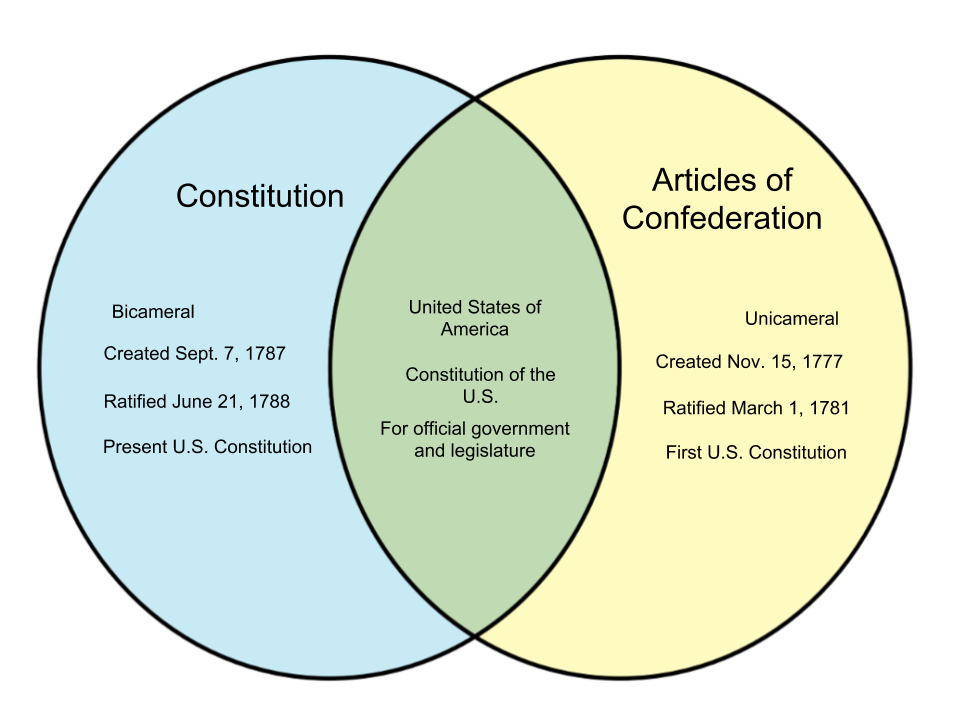 In my research, I use the concept of "middle generalization selfie": a selfie is a photographic self-presentation posted on the network. nine0005
In my research, I use the concept of "middle generalization selfie": a selfie is a photographic self-presentation posted on the network. nine0005
In sociology and philosophy there is a morally loaded concept of the norm - how things should happen or how they should be. Subjective norms force us to constantly compare ourselves with something or someone. There is also the concept of visibility, including visibility in a figurative sense: how legitimate some groups are, how they present themselves in society. Visibility always intersects with the concepts of norm and power (who can be visible, why and to what extent he should be visible). On the one hand, visibility gives us symbolic power, on the other hand, it makes us more vulnerable because people evaluate us. The feeling of a selfie can be bad because we think that someone will judge us. But why would anyone else care about posting our image on their own account? nine0005
What selfies are condemned for
There are three concepts that selfies can be discussed or condemned for: narcissism, authenticity (naturalness) and taste.
Everyone is talking about narcissism, but if you look at this concept more closely, it falls apart. In psychology, narcissism is a personality disorder in which a person develops a sense of his own superiority. So people who take selfies, in a strict sense, do not show signs of narcissism. According to psychological research, those who have narcissistic traits are actually more likely to post selfies. However, people who frequently post selfies do not develop narcissistic disorder. The problem is that the news media*, in pursuit of audience attention, sometimes distort the research of psychologists and claim the opposite. nine0005 Media is even shaping this culture, creating new types of selfies. Shelfie is a selfie with a bookshelf, Belfie is when they show their beautiful ass, Dronefi is a photo from a quadrocopter. Whatever definition you give, that will be it.
The basic reason to call someone who posts a selfie a narcissist is that the person considers themselves worthy of being seen.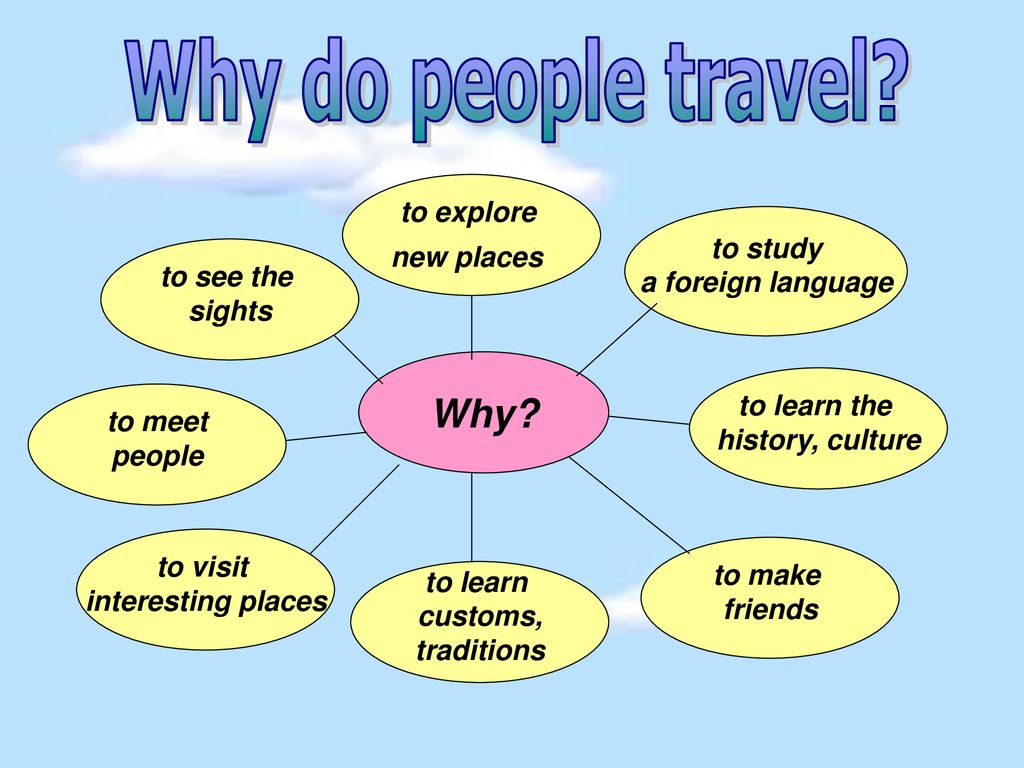
History knows many examples when powerful men placed their images or giant statues somewhere. Now we are learning that for other segments of the population, for ordinary people, women or sexual minorities, it is not normal to put their images in the public domain. nine0005
It turns out that the charge of narcissism again intersects with the topic of control - who, according to others, can show their image, and who cannot. The consumer economy dictates that women constantly be dissatisfied with their appearance. A lot of money is spent to get us to buy creams, nice clothes and gym memberships - in essence, for someone to decide for us whether we are worthy of being seen.
Selfies are also often criticized for authenticity, as in the story of Anna, who thought that after the publication of her image, people would say that she was completely fake. First, this sense of existential anxiety (how authentic, immutable, and self-representing we are) stems from post-structuralist philosophy, which has made us doubt that we are something unchanging and homogeneous. Second, photographers also often ask themselves if their images are authentic. It used to be that photography conveyed reality as it is - for this reason, in the 19th century, photography was not even considered art. But in the 20th century, they began to say that it has many meanings and does not mirror the one and only. nine0005
Second, photographers also often ask themselves if their images are authentic. It used to be that photography conveyed reality as it is - for this reason, in the 19th century, photography was not even considered art. But in the 20th century, they began to say that it has many meanings and does not mirror the one and only. nine0005
Questions of authenticity arise when we communicate with people online: is the person I am talking to really who he claims to be, or is he some kind of maniac? We rely on this idea of authenticity, although in fact it is as changeable as any other. Many studies show that what is perceived as authentic, in fact, is not.
The third aspect of selfie criticism is quality (or low quality): how good a person looks, whether he is of the class and level to present himself. Sometimes people believe that some parts of the body or the whole body of this person does not deserve to be shown to others. But all this is a mechanism for raising one's own significance: by criticizing other people's selfies, a person tries to elevate himself. nine0005
nine0005
All three lines of condemnation lead to moral panic and anxiety about the threat to our values. Martha Hollander calls the phenomenon of shaming people shaming. She says that
shame is a visual sense because it refers to what is or can be seen.
Blame is a good tool for influencing people (especially minorities): it effectively affects the emotional sphere, since the feeling of shame is internalized. nine0005
Source: tumblr.com, csh.bz
Why we film ourselves
age stereotypes. There are two sources of positive emotions. The first is positive feedback, when we receive praiseworthy comments. The second is the sense of self when we represent ourselves. Selfies make us visible and show when, where and in what situation we want to be seen. (But this is only true under certain conditions: depending on what platform we use to post selfies, whether we do it on our behalf or have a pseudonym, who has access to these photos, etc.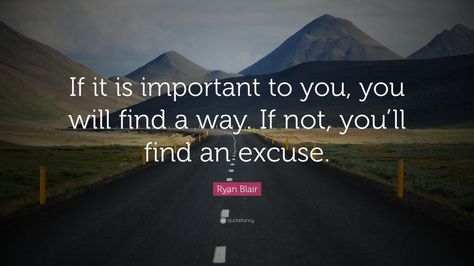 ) The desire to represent ourselves in a certain situation and being positively evaluated brings us to the question of social and personal identity. nine0005
) The desire to represent ourselves in a certain situation and being positively evaluated brings us to the question of social and personal identity. nine0005
Psychological and sociological studies show that the perception of one's own appearance is strongly reflected in the emotional state and in some sense forms our identity. Selfies are a powerful tool to make you feel beautiful. Our sense of self is reinforced when feedback from other people matches what we think of ourselves. When the comments of others do not coincide with our idea of ourselves, we want to somehow level this difference. But do not forget that the consumer economy makes good money on the relationship between how we look, how we perceive ourselves, and our emotional state. nine0005
It is also important for us to be seen as part of the group of people that we want to represent - this can be about gender, religion, sexual orientation, political opinions. Instead of others assigning us to some category (for example, “middle-aged woman who is getting old and wants to buy wrinkle cream”), we want to set these categories ourselves.
If negative feelings caused by selfies can be justified by the mechanism of shaming, then positive ones are explained by a feeling of control over how we represent ourselves. nine0005
Control can be defined as the ability to influence or be free from influence.
Some people take selfies because they are suffering from some terrible disease and their appearance is changing. Others take pictures of themselves because they're on a diet or hitting the gym. Sometimes a selfie is faced with some practical task - for example, you need to see if lipstick is smudged. When I feel bad, I take a selfie on Snapchat, choose the funniest filter and write how bad I feel. So I take it outside, make fun of it, and it helps me. nine0005
Do selfies change society?
When we talk about selfies in a positive way, we often talk about giving strength, power in a good way.
Researchers separate personal power and social power - what a person can change and what he can influence.
When women claim that posting a selfie gives them strength, society can say that this is just narcissism, because their selfies do not change society in any way. But my research shows (I've studied Tumblr selfies a lot) that the empowering feeling, as in Rachel's story, far exceeds the personal feeling. nine0005
Pictures (online — note T&P ) teach us how to perceive the world, so it is a kind of social construct. The photographs that we post expand the visual picture of society.
So all of these aspects - accusations of narcissism, talk of authenticity and control - can make us feel good or bad about both selfies and ourselves. Shaming can make us feel ashamed, and a sense of control over the situation, on the contrary, give us a sense of social change, that we are seen, appreciated and encouraged. nine0005
The selfie is a modern phenomenon, but the way it is perceived in society has long psychological and philosophical roots. Selfies are a form of self-presentation that can be creative or banal and boring. The way people represent themselves is highly dependent on gender, religion, and belonging to a sexual minority. And the perception of selfies depends on the social, cultural and technological context of their existence. Therefore, it is impossible to universally say that selfies evoke certain emotions, give us strength and a sense of control, or deprive us of them. It all depends on the quality of the selfie, the place where they are published, where and in what situation the person is depicted, as well as when and why he took this selfie. nine0005
Selfies are a form of self-presentation that can be creative or banal and boring. The way people represent themselves is highly dependent on gender, religion, and belonging to a sexual minority. And the perception of selfies depends on the social, cultural and technological context of their existence. Therefore, it is impossible to universally say that selfies evoke certain emotions, give us strength and a sense of control, or deprive us of them. It all depends on the quality of the selfie, the place where they are published, where and in what situation the person is depicted, as well as when and why he took this selfie. nine0005
Literature
-
Tiidenberg K. Body and Soul on the internet — making sense of social media. Tallinn: Tallinna Ülikooli Kirjastus, 2017.
-
Tiidenberg K. Moral Panics and Social Shaming with Selfies // Psychology Today, 2018.
-
Tiidenberg K. Selfies: Why we Love (and Hate) Them. Emerald Society Now Books, 2018.
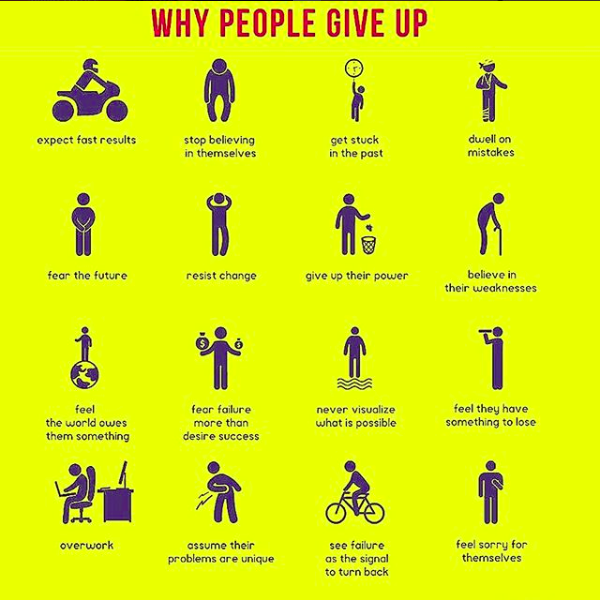
Learn more
